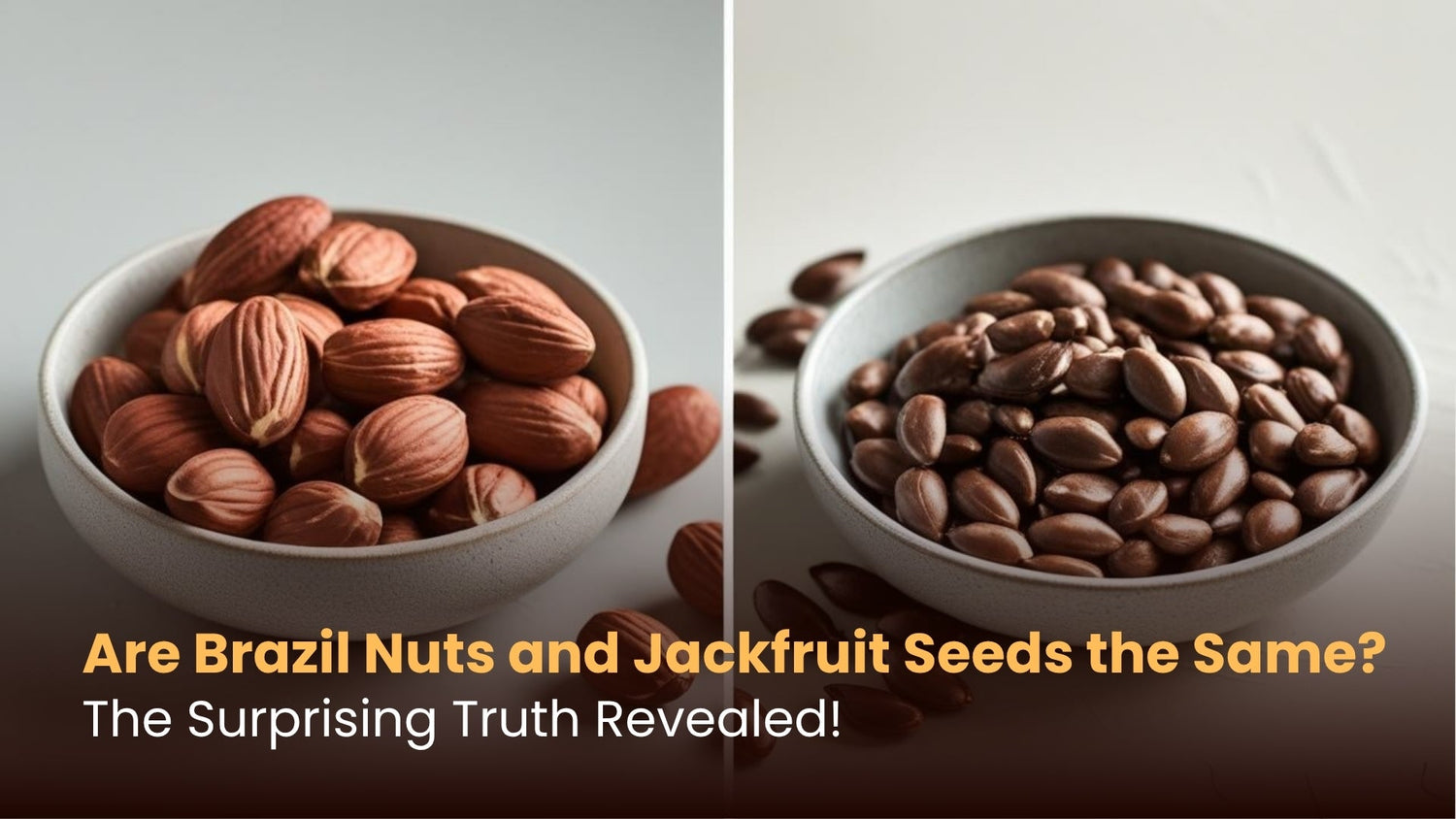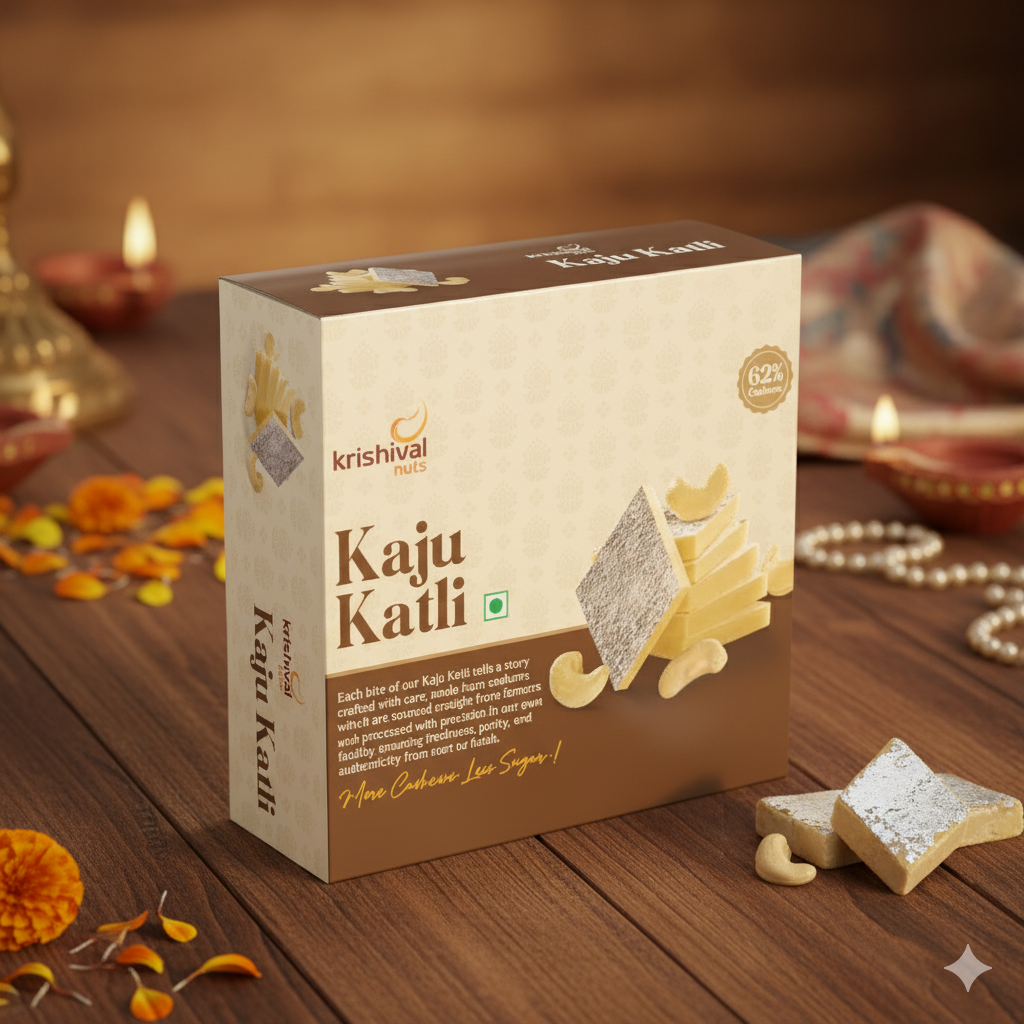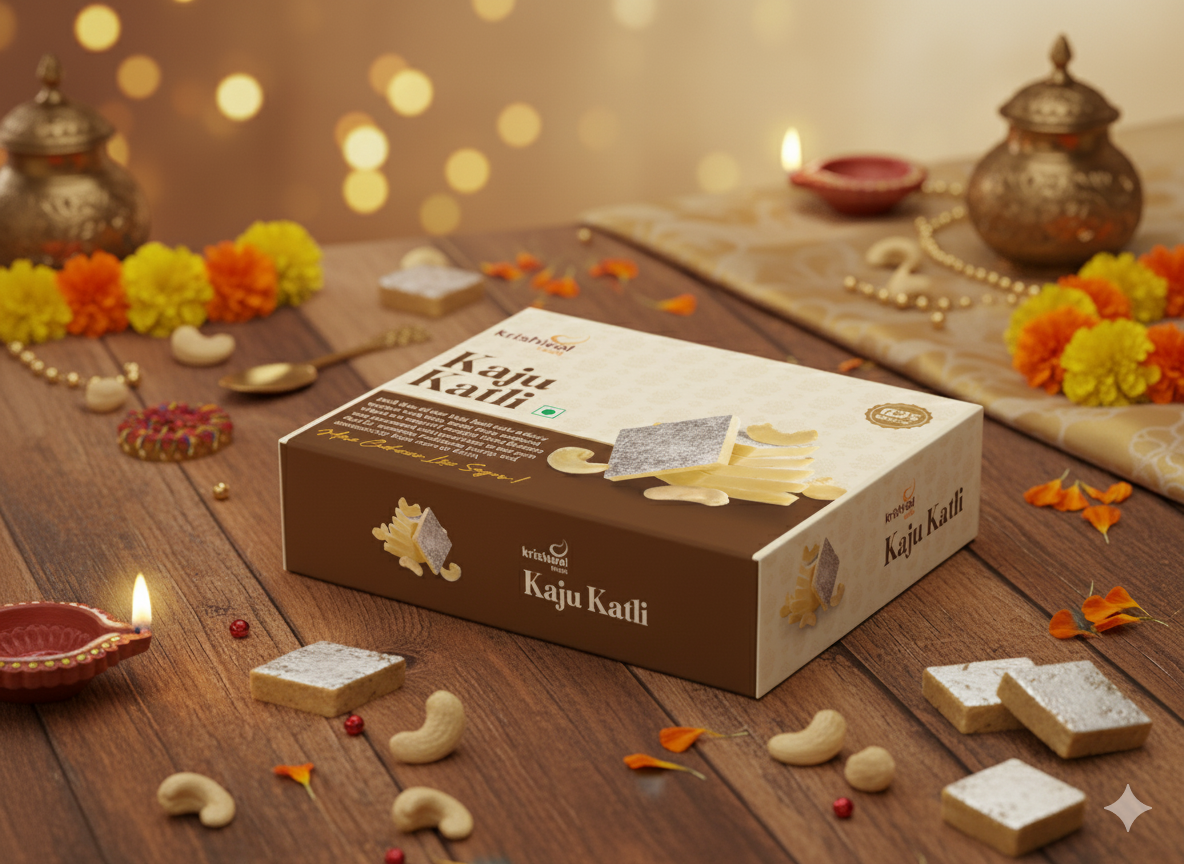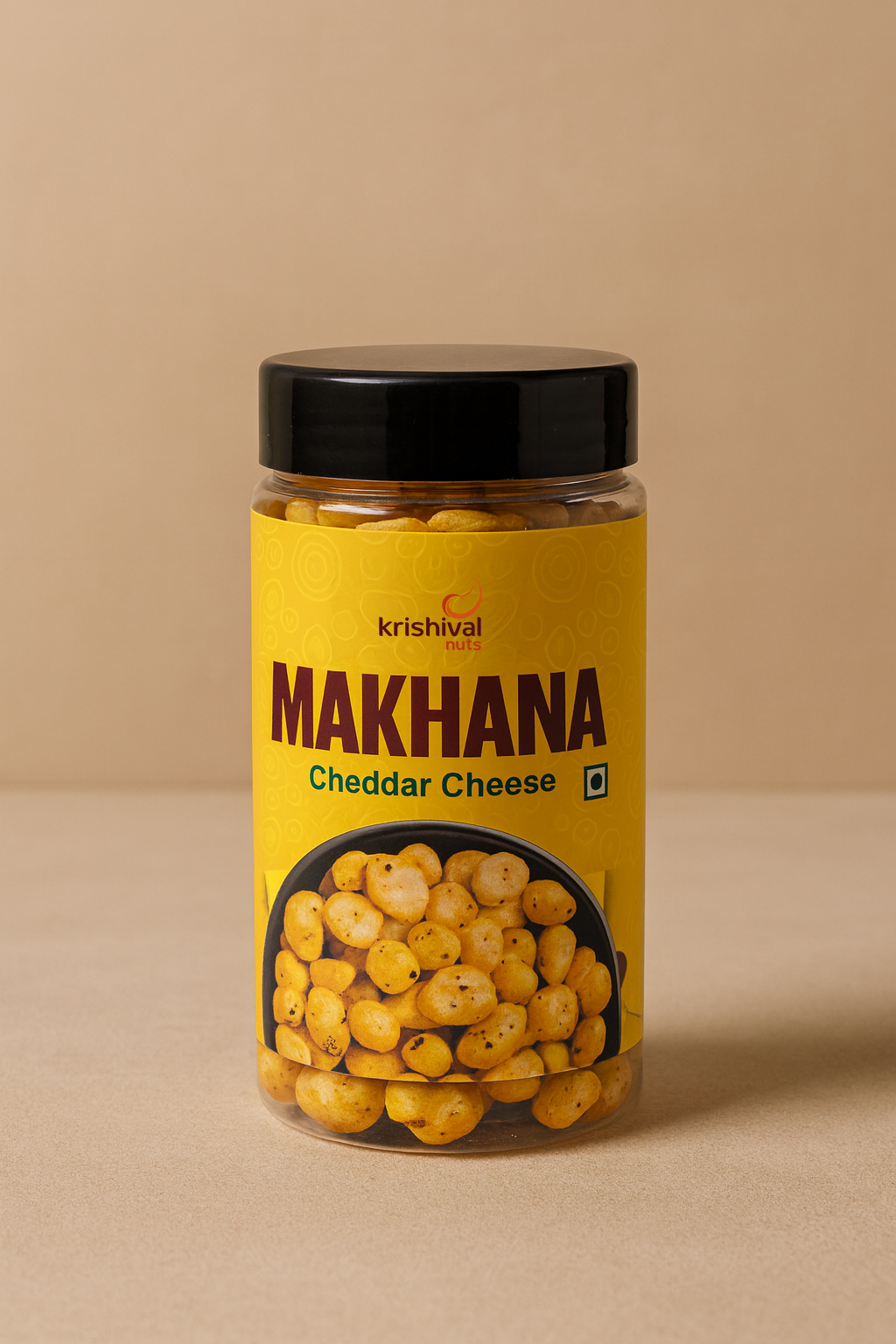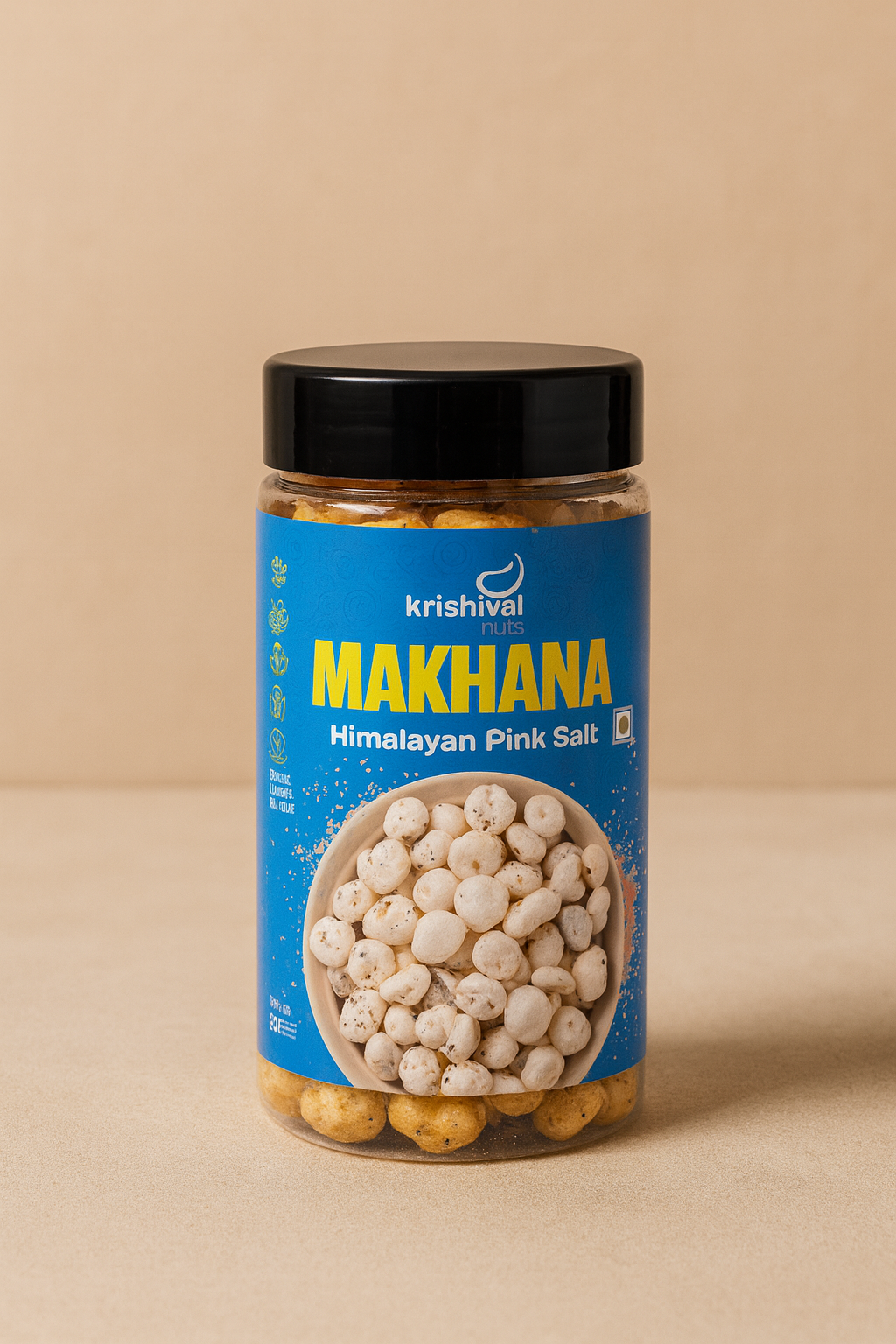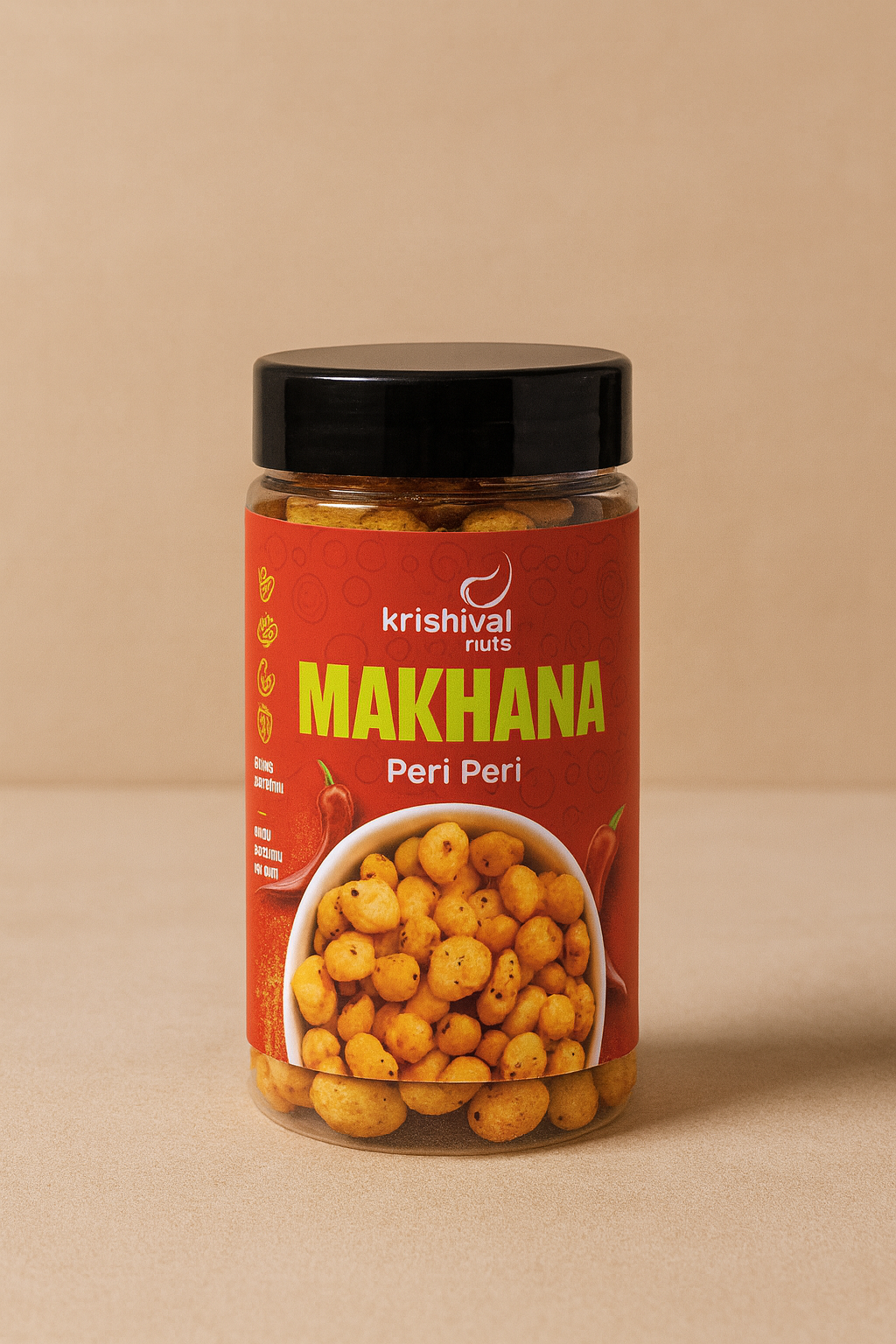Have you ever wondered if Brazil nuts and jackfruit seeds are the same? No, Brazil nuts and jackfruit seeds are not the same, even though people sometimes compare them. The confusion often comes from the similar taste and texture of cooked jackfruit seeds. This article will explore their unique identities, where they come from, their nutritional value, and how they are used, giving you clear facts.
The Core Question: Setting the Record Straight – Brazil Nuts vs. Jackfruit Seeds
The topic of whether Brazil nuts and jackfruit seeds are the same needs a clear answer: they are entirely different. They come from different plant families and grow in completely different parts of the world. The main reason for the mix-up is the texture and flavor of jackfruit seeds after they are cooked, which some people find similar to Brazil nuts.
Here is a quick summary of their key differences:
- Different Plants: Brazil nuts grow on the Brazil nut tree (Bertholletia excelsa), while jackfruit seeds come from the jackfruit tree (Artocarpus heterophyllus).
- Different Taste When Raw: Raw Brazil nuts have a buttery taste, but jackfruit seeds are not edible raw.
- Different Primary Nutrients: Brazil nuts are famous for their high selenium content, whereas jackfruit seeds are a great source of carbohydrates and protein.
What are Brazil Nuts?
Brazil nuts originate from the Bertholletia excelsa tree, a towering giant found in the Amazon rainforest. These magnificent trees produce a large, woody fruit that looks like a coconut and is often called a pod. Inside this hard pod, about 12 to 24 individual seeds—what we call Brazil nuts—are arranged in segments, similar to an orange. Each nut is protected by its own tough, dark-brown, triangular shell.
Here's a closer look at their characteristics:
- Origin: They come from the Amazon rainforests of South America.
- Tree: The nuts are harvested from the massive Bertholletia excelsa tree.
- Fruit: A large, round, woody pod contains the nuts.
- Seed Appearance: Brazil nuts are large, oblong, and creamy-white without their shell.
- Taste (Raw): They have a smooth, buttery texture and a mild, pleasant flavor when eaten raw.
Nutritional Profile of Brazil Nuts
The nutritional profile of Brazil nuts is most notable for its exceptionally high selenium content. Selenium is a vital mineral that plays a crucial role in thyroid function and helps protect the body from damage. Beyond selenium, these nuts offer a good amount of healthy fats, magnesium, and vitamin E, which are powerful antioxidants.
Due to their powerful selenium punch, it is important to eat them in moderation.
- Selenium: Just one Brazil nut can contain more than the daily recommended amount of selenium.
- Healthy Fats: They are rich in monounsaturated fats, which are beneficial for heart health.
- Magnesium and Vitamin E: These nutrients support overall health and protect cells from damage.
- Recommended Intake: Health experts suggest eating only 1–3 Brazil nuts per day to avoid selenium toxicity.
How to Eat and Use Brazil Nuts
How to eat Brazil nuts is a common question, and their versatility makes them a great addition to many meals. They can be enjoyed in various ways, fitting easily into snacks and recipes alike.
- Enjoy them raw as a simple and nutritious snack.
- Chop them up and sprinkle them over salads for a crunchy texture.
- Mix them into trail mixes with other nuts and dried fruits.
- Grind them into a creamy nut butter to spread on toast.
- Use them in baked goods like brownies and cookies for a rich flavor.
To keep them fresh, you should store Brazil nuts in a cool, dark place inside an airtight container.
What are Jackfruit Seeds?
Jackfruit seeds are found inside the giant jackfruit, the fruit of the Artocarpus heterophyllus tree. This tree is native to South and Southeast Asia, and its seeds are a staple in many local cuisines, especially in India. Each large jackfruit can contain hundreds of seeds, which are oval-shaped and covered by a thin brown layer and a waxy outer shell.
A very important fact about these seeds is that you must cook them before eating.
- Origin: Jackfruit seeds come from the jackfruit tree (Artocarpus heterophyllus), common in South and Southeast Asia.
- Fruit: They are the seeds of the world's largest tree-borne fruit.
- Seed Appearance: The seeds are about the size of a large olive, with a pale, starchy interior.
- Cooking Requirement: They are toxic when raw and must be boiled or roasted before consumption.
Nutritional Profile of Jackfruit Seeds
Jackfruit seeds' nutrition is quite impressive, offering a well-rounded mix of essential nutrients. They are a fantastic source of plant-based protein, complex carbohydrates, and dietary fiber, making them a very filling food. Jackfruit seeds also provide resistant starch, which is beneficial for gut health.
They are also packed with important vitamins and minerals but have a lower fat content compared to most nuts.
- Protein and Carbohydrates: They provide energy and are a good source of plant-based protein.
- Dietary Fiber: The high fiber content aids digestion.
- Vitamins and Minerals: They contain B-complex vitamins, potassium, iron, calcium, and magnesium.
- Lower Fat: They are less fatty than Brazil nuts and other tree nuts.
How to Prepare and Eat Jackfruit Seeds (The Source of the Comparison!)
The way to cook jackfruit seeds is what sparks the comparison to Brazil nuts. When boiled or roasted, the seeds develop a milky, slightly sweet, and nutty flavor with a smooth texture that some find reminiscent of a Brazil nut or chestnut. It's crucial to prepare them correctly because you must not eat them raw due to the presence of antinutrients that can hinder digestion.
Boiling Jackfruit Seeds:
- Place the clean seeds in a pot and cover them with water.
- Bring the water to a boil and let it simmer for 20-30 minutes, or until the seeds are tender enough to be pierced with a fork.
- Drain the water, let the seeds cool, and then peel off the white outer shell. The thin brown layer underneath is edible.
Roasting Jackfruit Seeds:
- Preheat your oven to 400°F (200°C).
- Spread the seeds on a baking sheet.
- Roast for about 20 minutes, or until they are tender and the skin blisters.
- Let them cool slightly before peeling off the outer shell.
Once cooked, you can eat jackfruit seeds as a snack, add them to delicious jackfruit seed curries, put them in stews, or even grind them into flour for baking.
Brazil Nuts vs. Jackfruit Seeds?
A direct Brazil nuts vs. jackfruit seeds comparison highlights their many differences. While the confusion is understandable due to the taste of cooked jackfruit seeds, they are not the same. The following chart provides a clear breakdown.
Feature |
Brazil Nut |
Jackfruit Seed |
Botanical Name |
Bertholletia excelsa |
Artocarpus heterophyllus |
Origin |
Amazon Rainforest |
South & Southeast Asia |
Plant Family |
Lecythidaceae |
Moraceae (Mulberry family) |
Type |
Technically a seed |
Seed of a fruit |
Appearance (Raw) |
Large, oblong, creamy-white |
Oval, covered in a waxy shell |
Taste (Raw) |
Buttery, mild |
Not edible |
Taste (Cooked) |
Richer, more intense |
Milky, nutty, starchy (often compared to Brazil nuts or chestnuts) |
Primary Key Nutrient |
Selenium |
Carbohydrates, Protein |
Preparation |
Eaten raw or roasted |
Must be boiled or roasted |
Can be Eaten Raw? |
Yes |
No |
Health Benefits & Considerations: Which is Right for You?
When deciding if Brazil nuts or jackfruit seeds are healthier, it's about what your body needs. Both offer unique health benefits and can be part of a balanced diet.
Brazil Nuts Health Benefits:
- Thyroid Support: The high selenium content is crucial for healthy thyroid function.
- Antioxidant Power: Rich in vitamin E and other antioxidants, they help protect your cells from damage.
- Heart Health: The healthy fats in Brazil nuts can help improve cholesterol levels.
Jackfruit Seeds Health Benefits:
- Digestive Health: High in dietary fiber and resistant starch, they support a healthy gut.
- Energy and Muscle: A good source of carbohydrates and protein for energy and muscle repair.
- Mineral Rich: They provide essential minerals like potassium and iron, which support various body functions.
Important Considerations:
- For Brazil nuts, the main consideration is selenium toxicity. Stick to just 1-3 nuts per day.
- For jackfruit seeds, always remember they must be cooked to destroy antinutrients and make them safe to eat.
Incorporating nutritious foods into your diet, like these seeds, can contribute to overall well-being. The role of nuts and seeds in a healthy diet is well-documented, offering benefits from heart health to weight management.
Conclusion
To summarize, understanding Brazil nuts and jackfruit seeds means recognizing they are two completely separate foods. The idea that they are the same comes from a simple culinary comparison—the taste and texture of cooked jackfruit seeds. Brazil nuts are a selenium powerhouse from the Amazon, while jackfruit seeds are a starchy, protein-rich staple from Asia that must be cooked.
Both of these unique seeds offer fantastic nutritional and culinary uses. You can enjoy Brazil nuts as a simple, powerful supplement and explore the versatile world of cooked jackfruit seeds in snacks and curries. By appreciating their individual qualities, you can add two more amazing foods to your varied and healthy diet.
Explore more from Krishival.com to discover other fascinating facts about the foods we eat
Frequently Asked Questions (FAQs)
- So, are Brazil nuts and jackfruit seeds the same thing? No, they are completely different. They come from different plants, have different nutritional profiles, and grow in different parts of the world.
- Why do people say jackfruit seeds taste like Brazil nuts? This comparison only applies to cooked jackfruit seeds. When boiled or roasted, their texture becomes soft and their flavor turns milky and nutty, which reminds some people of Brazil nuts or chestnuts.
- Can I eat jackfruit seeds raw? No, you cannot eat jackfruit seeds raw. They contain antinutrients that can interfere with digestion and nutrient absorption, so they must be cooked first.
- Are Brazil nuts technically nuts or seeds? Botanically speaking, Brazil nuts are the seeds of the Brazil nut fruit, which is a large, woody capsule.
- What is the main nutritional benefit of Brazil nuts? Their main nutritional claim to fame is being an excellent source of selenium, a crucial mineral for thyroid health and immune function.
- What are jackfruit seeds good for nutritionally? Jackfruit seeds are a good source of protein, carbohydrates, dietary fiber, and minerals like potassium and iron.
- How many Brazil nuts can I eat in a day? It's recommended to eat only 1-3 Brazil nuts per day because of their very high selenium content.
- How do you prepare jackfruit seeds for eating? The most common methods are boiling or roasting them until they are tender. This neutralizes the antinutrients and makes them safe and delicious.
- Do jackfruit seeds have any side effects? When thoroughly cooked, they are generally safe for most people. Eating them raw can cause digestive problems.
- Where do Brazil nuts come from? They are native to the Amazon rainforest in South America.
- Where is jackfruit commonly grown? Jackfruit is widely grown in India and Southeast Asia.
- Can jackfruit seed flour be used in baking? Yes, cooked and dried jackfruit seeds can be ground into a flour and used as a supplement in baking.
- Are jackfruit seeds expensive? In regions where jackfruit is common, the seeds are inexpensive. However, their popularity is rising, which could affect their price in other areas.
- How should I store Brazil nuts? Store them in a cool, dark, and dry place in an airtight container to prevent the oils from going rancid.
- How should I store uncooked/cooked jackfruit seeds? Raw jackfruit seeds have a short shelf life and should be used quickly. Cooked seeds should be kept in the refrigerator and eaten within a few days.

